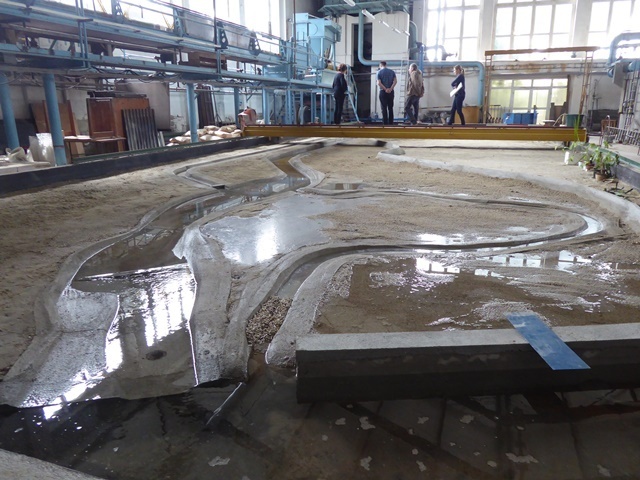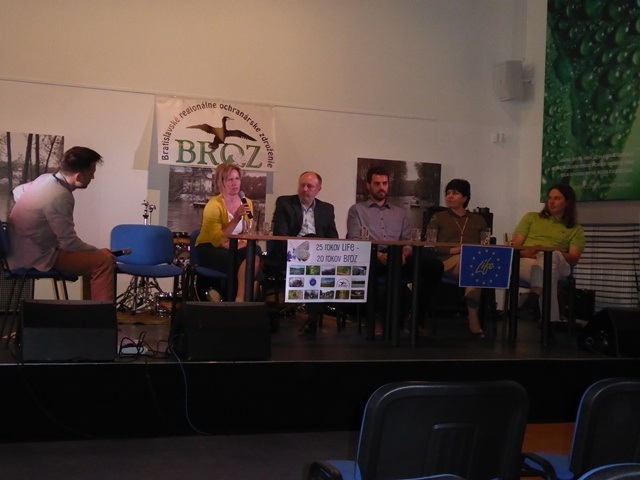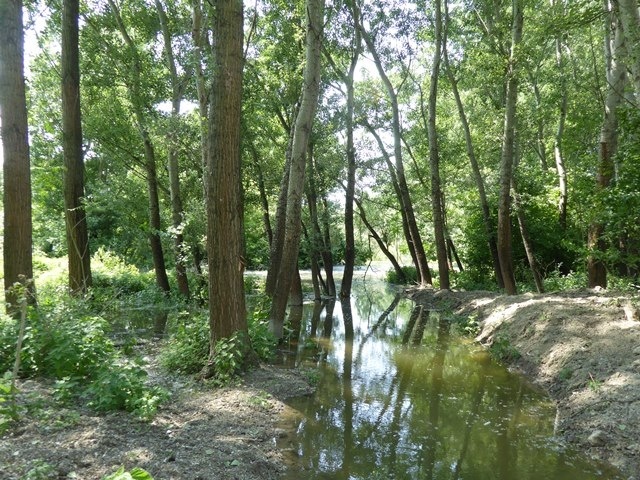Blooming Weittov quarry
Video Blooming Weittov quarry Since 2013, it has realized here the restoration of meadow and forest habitats by restoration of traditional grazing. Animals suppress the invasive species and they help to create habitats for rare species of flora and fauna. Orchids come into bloom also in the most intensive grazing meadows of Weittov quarry. Grazing…















